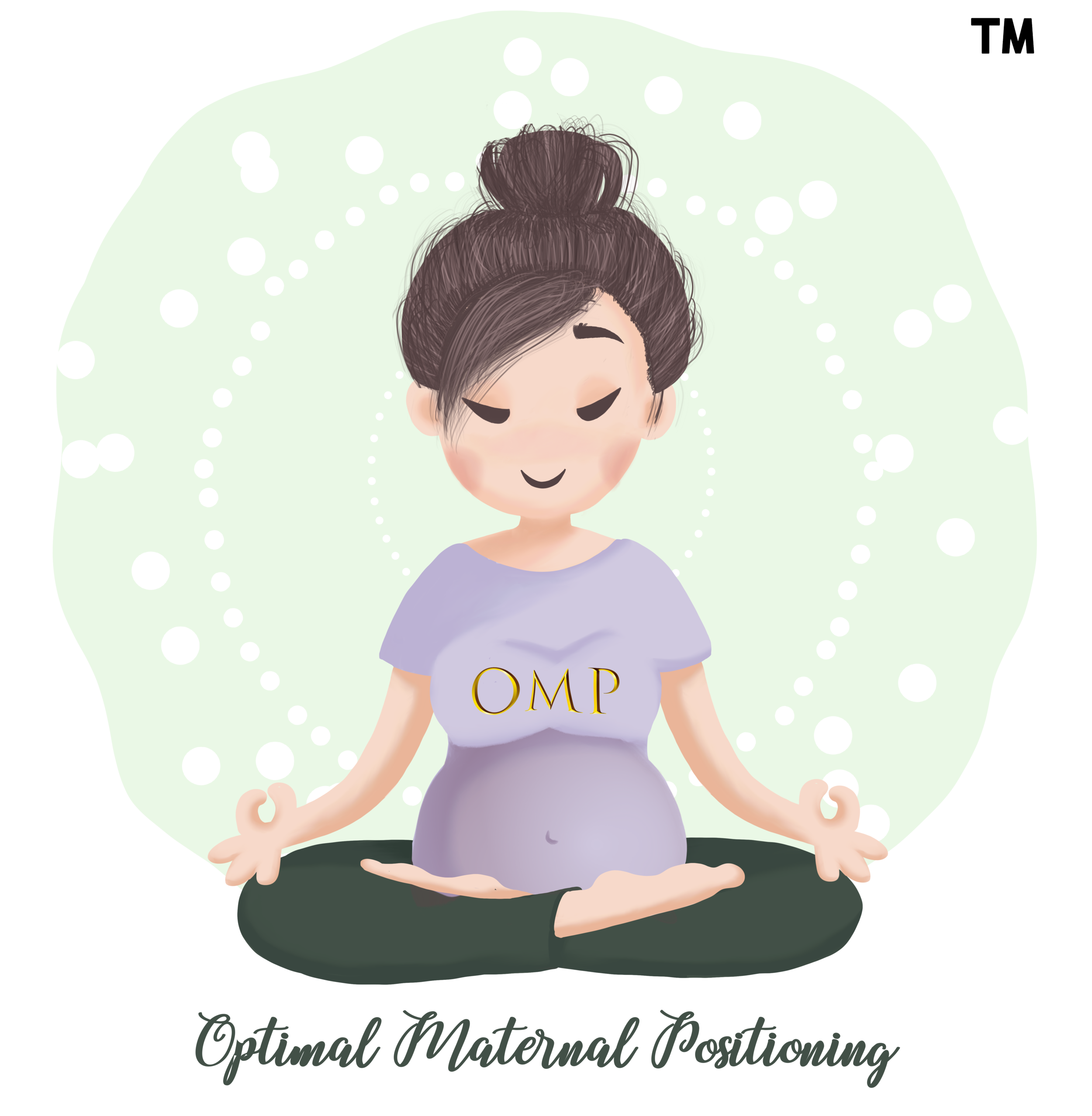Greater & Inlet Pelvis: Hip Extensions during Labor
greater & inlet pelvis: hip extensions during labor
Walchers! Flying Cowgirl! Call it whatever you want - these ‘labels’ are merely hip extensions in various active birth positions. One of my grouses as a birth professional is that birth professionals themselves like using ‘labels’ and ‘branding’ to indicate that they used a certain “brand” to enable labor to progress, instead of understanding the specific technique with the right intent to optimise the pelvis. Understanding the WHY of positions to help facilitate labor progress will help in future birth’s to read the body of the mother and truly appreciate what baby is trying to do, and how best to support her to have an easier, shorter and more relaxed birth.
As explained in 2.2 Hip Extension & Flexion, hip extensions causes iliac contranutation, where the inlet pelvis opens from the top of the iliac and the outlet pelvis closes at the iliac. This is very helpful in creating space for babies to enter the pelvis as it allows more room for flexion to occur, whether the baby is still in the greater pelvis, is moving towards inlet pelvis, or if baby is anterior or posterior.
Praying Mantis
Hip Extension whilst kneeling or on ‘all-fours’
The “Titanic”
Hip Extension whilst standing
Supported Back Arch
Hip Extension whilst using a gym ball
Hip extensions can be utilized when the laboring mother is in these OMP Active Birth Positions:
Flying Cowgirl
Hip Extension in a side-lying position
Standing whilst leaning her upper body forward into an extension. This can be done with the support of a birth rope, a squat bar or against a wall.
Sitting ‘over’ a gym ball as if she is in a supported arch over her spine, ensuring that the gym ball is large enough to encourage an extension in her femur.
From an ‘all fours’ position, the mother moves forward into an arch in her spine whilst still being on her hands and knees. This is a common position used in the birthing pool (though she is probably too early to be in the pool at this point, so she can be using it to take the edge off contractions whilst attempting this), and a position where the birthing mother find that it gives her more control over the position.
Side lying position using a peanut ball or support of stirrups, with the mother’s spine in an arch, and her femur supported by whichever props she uses to achieve an extension in her femur. This is more commonly known as ‘Flying Cowgirl’ when used with a peanut ball. This can also be done asymmetrically in a side-lying position with her lower leg in flexion and her upper leg in extension, hence modifying the opening of all levels of the pelvis.
Supine on the bed otherwise more popularly known as Walcher’s named after the Obgyn who ‘discovered’ this technique. This is helpful when a mother is confined to the bed.
Hip extensions can be done concurrently with other OMP Pelvic Mobility Protocols such as 2.3 Asymmetry of the femur and/or 2.4 External and Internal Rotation of the femur.
For OMP Active Birth Positions , OMP Pelvic Mobility Protocols and OMP Comfort Measures to be effective, it has to be done during contractions and used for 5-10 consecutive contractions to see if it is effective in enabling labor to progress.
Walchers
Hip Extension in a supine position
Hospital Setting
Hip Extensions using stirrups






